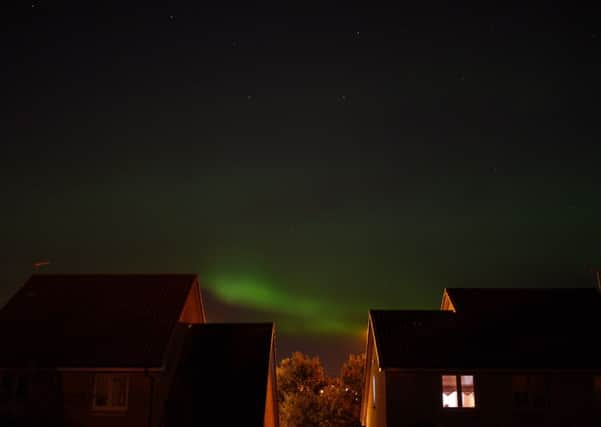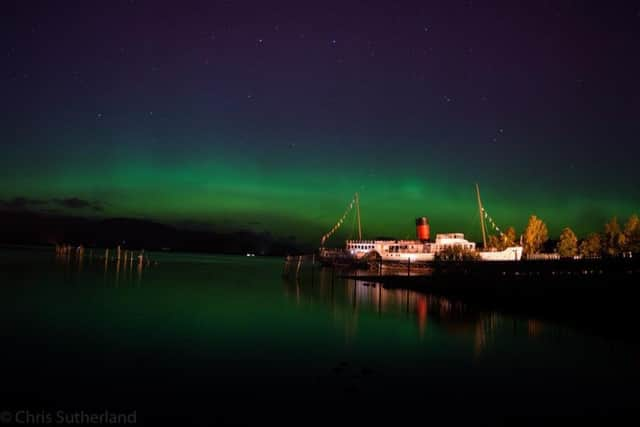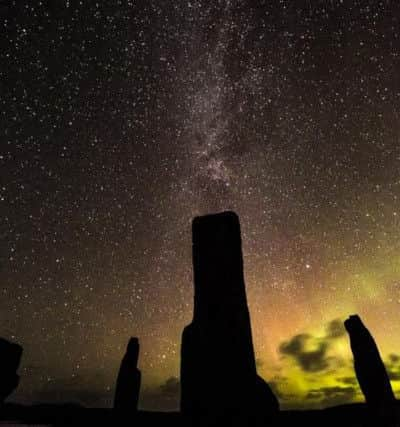In pictures: Scotland’s spectacular Northern Lights


From St Kilda to Whithorn, skygazers across the country captured images of the natural phenomenon as the celestial light show took place far further south than usual.
Relatively common around the Arctic Circle, the aurora borealis is a treat ordinarily reserved for the nation’s northernmost communities. But a burst of solar wind combined with the time of year meant that the natural wonder was clearly visible is far south as Flintshire in north east Wales.
Advertisement
Hide AdAdvertisement
Hide AdFor those who missed out on the spectacle, fear not. Forecasters say that two coinciding space weather patterns mean that there is a good chance the lights will perform their bewitching dance again in the weeks ahead.


Mike Alexander, who runs the Galloway Astronomy Centre near Whithorn, took a series of images as the sky appeared to turn a vibrant shade of green over south-west Scotland.
He described the aurora as “one of the most wonderful displays” he had seen in a long time, with visitors arriving at the centre after sunset to witness the show. Stuart Stevenson, a photographer who has captured the lights several times over the years, took several images from Lanark. He described Wednesday evening as “by far the best display I’ve ever seen in Scotland.”
According to the British Geological Survey, the aurora occurs as a result of activity on the sun’s surface, where large explosions can send vast quantities of charged particles out into space. As some of this incoming solar radiation travels towards earth, it hits the planet’s upper atmosphere and excites the atoms to a new energy state, emitting energy in the form of light.
The Met Office said its solar wind readings suggested people in Scotland, Northern Ireland, northern England and north Wales have an increased likelihood of seeing the phenomenon again before October is out.


People in Scotland have the best chance of witnessing a repeat performance, according to its space weather forecast, which charts disturbances in the earth’s upper atmosphere and magnetic field. Its forecasters said yesterday that although the main geomagnetic storm that led to Wednesday’s remarkable light show had passed, there was “still a chance” of seeing the aurora in the days ahead, especially in northern Scotland.
The improved chances of a sighting are down to the combined effect of a “coronal hole” near the sun’s equator, which had aligned with the earth and was sending high-speed solar winds to buffet the planet, and the time of year.
A Met Office spokesman explained: “We are now in a period, lasting a few weeks, where these two factors are working together to increase the chances of geomagnetic disturbances, which in turn bring with them the aurora.
“The strength of the disturbance directly relates to how far south the aurora is visible, or how far north if you are in the southern hemisphere, and of course you need clear skies to see it.